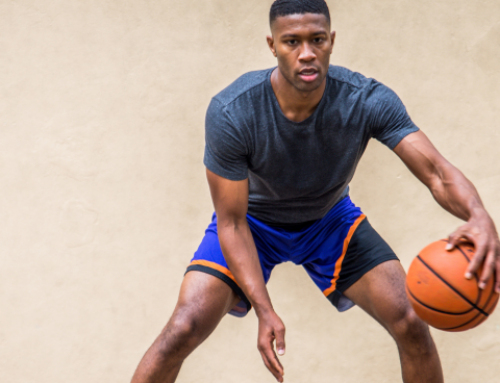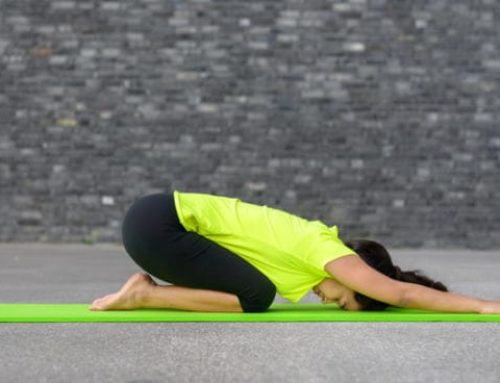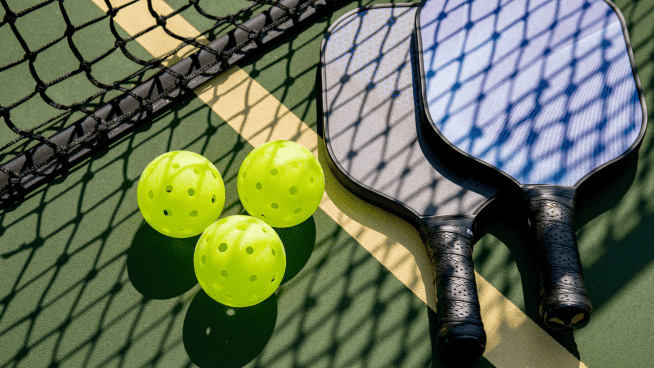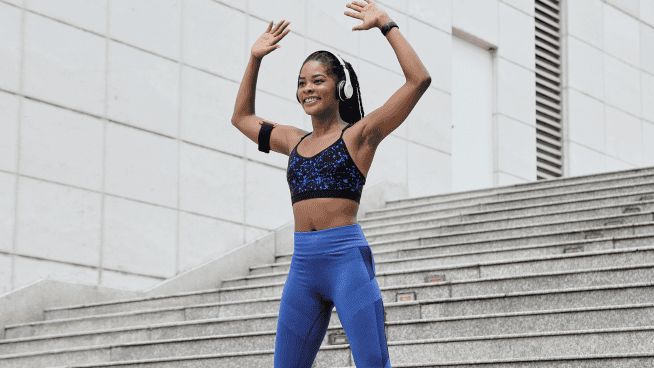A Guide to Basketball Stretches
Stretching is important for any athlete. Not only does it help prevent injury and soreness, it also aids muscle growth and development. For basketball athletes, regularly stretching is especially important, due to the vigorous, fast-paced nature of the sport. Basketball players who don’t spend enough time stretching are ultimately inhibiting their performance.
Among the many kinds of stretches, basketball players benefit most from dynamic, static and resistance band stretching. Each one serves a different but valuable purpose. Get the most out of your body with this guide to how and when to incorporate stretching in your training program.
Pre-Workout Stretches
The Dynamic Stretch
Dynamic stretching is a mixture of moving and stretching, making it ideal before activity. In a brief 5 to 10 minutes, it will warm up both your muscles and your joints. Immediately jumping into playing or working out makes your body more susceptible to pulls, strains and tears. This becomes even more likely with age.
Sample dynamic stretch routine:
Go to half court and back or full court and back, depending on your conditioning level.
· Jogging High Knees
· Jogging Butt Kicks
· Karaoke (both ways)
· Skips
· Straight Leg Kicks
· Walking Lunges
· Reverse Walking Lunges
· Jogging
Post-Workout Stretches
Static Stretching
Use static stretching after a game or workout, because it helps prevent soreness and speeds recovery. Another benefit is improving your flexibility. Has a coach ever urged you to get low when dribbling? This is because your power comes from your lower body and core, allowing you to explode out of your moves. Stretching for flexibility will help you become more athletic and explosive on the court.
If you stay committed to stretching the right way, you’ll notice a difference in your athleticism. It does take time to become more flexible. Stretch only as far as you are comfortable. Don’t try to go past your comfort zone or you might strain a muscle.
Anytime Stretches
Resistance band stretching
Resistance band stretching can be used before or after activity. You are moving your muscles but also incorporating static stretches when holding the band still. Resistance bands are great for improving flexibility by prepping you for stretches that normally give you trouble. For example, say you can’t touch your toes. Try wrapping a band around your feet and hold on to it for as far as you can go. The next time you stretch, try to go a little further. Eventually you will be able to reach your toes.
Given its multiple advantages, stretching is worth 20 minutes of your time each day. Don’t miss out on benefits of stretching. Use it to help you become the best player you can be.
RECOMMENDED FOR YOU
A Guide to Basketball Stretches
Stretching is important for any athlete. Not only does it help prevent injury and soreness, it also aids muscle growth and development. For basketball athletes, regularly stretching is especially important, due to the vigorous, fast-paced nature of the sport. Basketball players who don’t spend enough time stretching are ultimately inhibiting their performance.
Among the many kinds of stretches, basketball players benefit most from dynamic, static and resistance band stretching. Each one serves a different but valuable purpose. Get the most out of your body with this guide to how and when to incorporate stretching in your training program.
Pre-Workout Stretches
The Dynamic Stretch
Dynamic stretching is a mixture of moving and stretching, making it ideal before activity. In a brief 5 to 10 minutes, it will warm up both your muscles and your joints. Immediately jumping into playing or working out makes your body more susceptible to pulls, strains and tears. This becomes even more likely with age.
Sample dynamic stretch routine:
Go to half court and back or full court and back, depending on your conditioning level.
· Jogging High Knees
· Jogging Butt Kicks
· Karaoke (both ways)
· Skips
· Straight Leg Kicks
· Walking Lunges
· Reverse Walking Lunges
· Jogging
Post-Workout Stretches
Static Stretching
Use static stretching after a game or workout, because it helps prevent soreness and speeds recovery. Another benefit is improving your flexibility. Has a coach ever urged you to get low when dribbling? This is because your power comes from your lower body and core, allowing you to explode out of your moves. Stretching for flexibility will help you become more athletic and explosive on the court.
If you stay committed to stretching the right way, you’ll notice a difference in your athleticism. It does take time to become more flexible. Stretch only as far as you are comfortable. Don’t try to go past your comfort zone or you might strain a muscle.
Anytime Stretches
Resistance band stretching
Resistance band stretching can be used before or after activity. You are moving your muscles but also incorporating static stretches when holding the band still. Resistance bands are great for improving flexibility by prepping you for stretches that normally give you trouble. For example, say you can’t touch your toes. Try wrapping a band around your feet and hold on to it for as far as you can go. The next time you stretch, try to go a little further. Eventually you will be able to reach your toes.
Given its multiple advantages, stretching is worth 20 minutes of your time each day. Don’t miss out on benefits of stretching. Use it to help you become the best player you can be.











